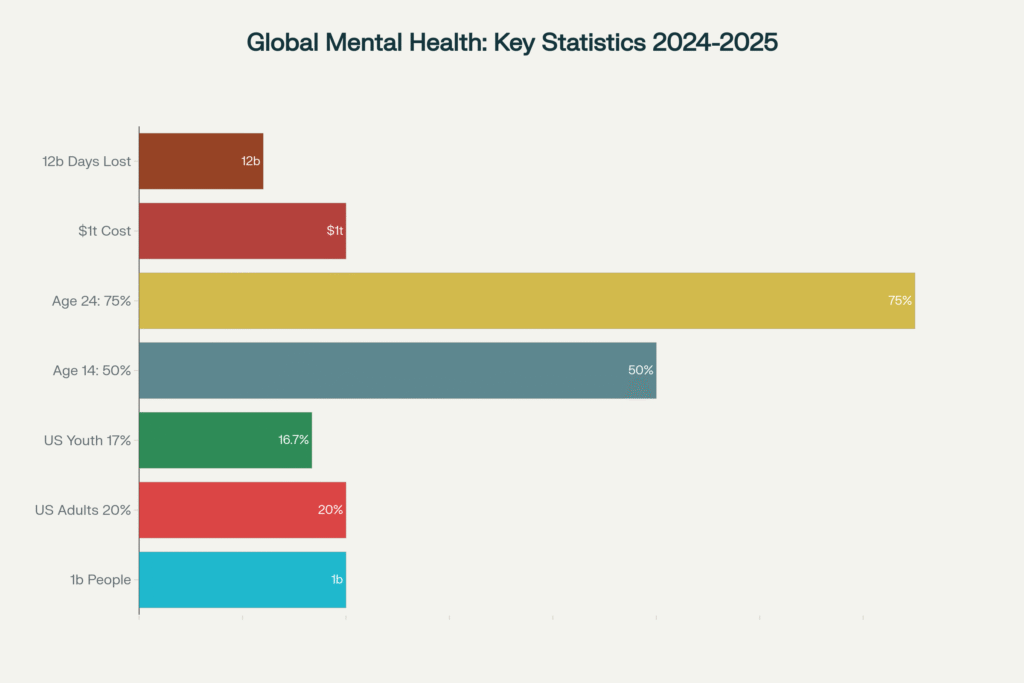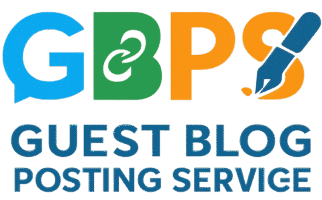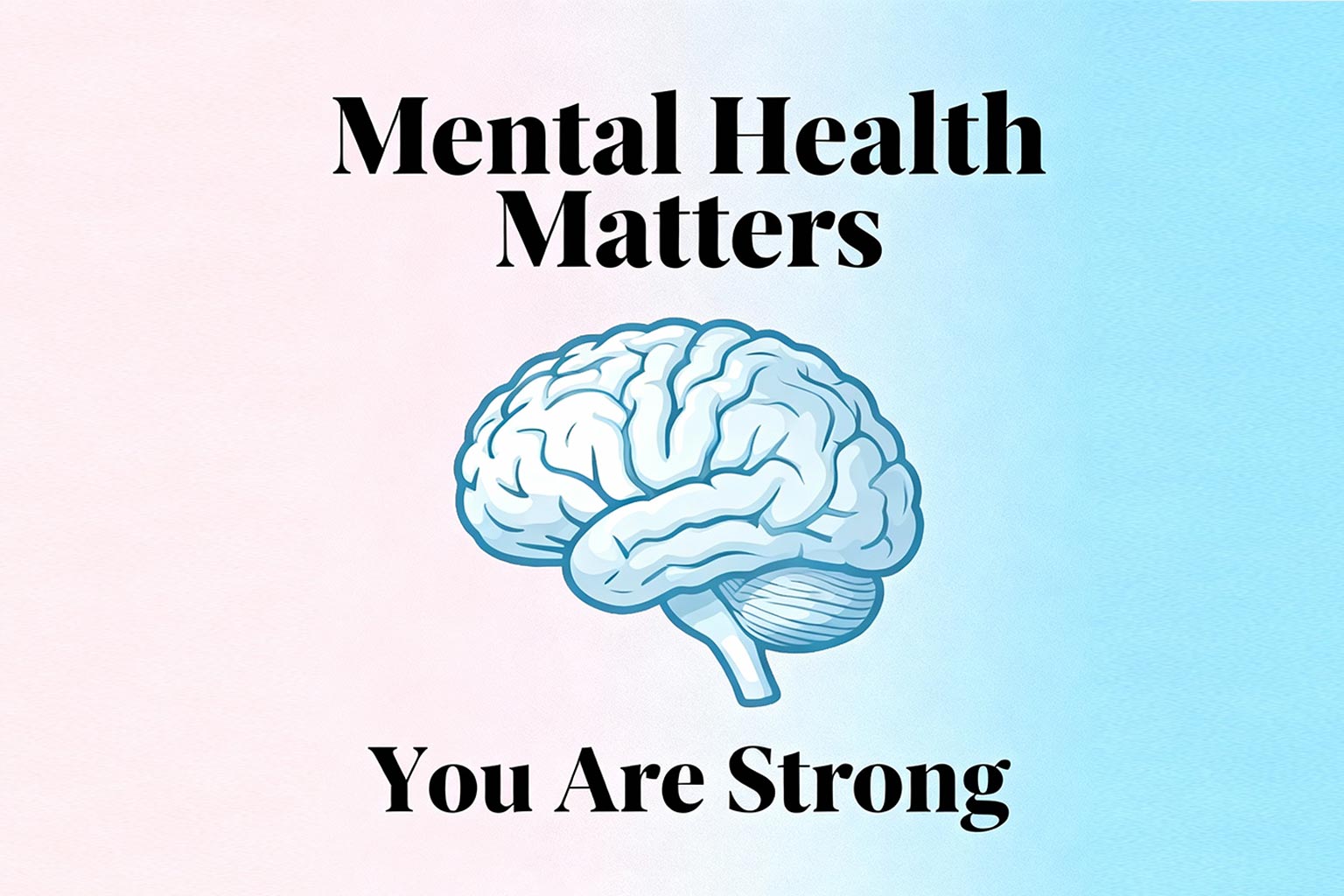The numbers are staggering yet tell a story that touches every corner of our global community. More than 1 billion people worldwide are living with mental health disorders, while 1 in 5 U.S. adults experience mental illness each year. These aren’t just statistics—they represent millions of individuals navigating daily challenges that often remain invisible to those around them. As we advance into 2024 and 2025, mental health awareness has evolved from a whispered conversation to a vital public health imperative demanding our immediate attention and action.

Understanding Mental Health Awareness
Mental health awareness refers to the comprehensive efforts aimed at educating communities, reducing stigma, and promoting understanding of mental health conditions and their impact on individuals and society. This awareness movement goes far beyond simply acknowledging that mental health issues exist—it encompasses creating environments where individuals feel safe to discuss their struggles, seek help, and receive appropriate support without fear of judgment or discrimination.
At its core, mental health awareness serves as a bridge between those experiencing mental health challenges and the resources, support systems, and professional care they need. It involves educating the public about symptoms, treatment options, and recovery possibilities while actively working to dismantle the barriers that prevent people from accessing mental healthcare.
The concept has gained unprecedented momentum in recent years, particularly following the COVID-19 pandemic, which brought mental health challenges to the forefront of global consciousness. Today’s mental health awareness initiatives focus on creating psychologically safe environments where conversations about emotional wellbeing are normalized and encouraged.
The Current State of Mental Health: A Global Perspective
The landscape of mental health in 2024-2025 presents both challenges and opportunities for progress. According to the World Health Organization, mental health conditions such as anxiety and depression are highly prevalent in all countries and communities, affecting people of all ages and income levels. These conditions represent the second biggest reason for long-term disability, contributing significantly to loss of healthy life while driving up healthcare costs for affected individuals, families, and entire economic systems.
Alarming Statistics and Trends
The data reveals troubling patterns that demand immediate attention. In the United States, 1 in 20 adults experience serious mental illness annually, while 1 in 6 youth have mental health conditions, though only half receive treatment. Perhaps most concerning is that 50% of all lifetime mental illness begins by age 14, and 75% by age 24, highlighting the critical importance of early intervention and youth-focused mental health programs.
Recent workplace mental health statistics paint an equally concerning picture. 84% of workers experienced at least one mental health challenge over the past year, while 71% of working adults reported at least one symptom of stress. The generational impact is particularly pronounced, with 68% of millennials and 81% of Gen Z leaving their jobs for mental health-related reasons in the past year.
Economic Impact and Societal Costs
The economic burden of untreated mental health conditions is staggering. Depression and anxiety alone cost the global economy an estimated $1 trillion each year, primarily through lost productivity. This figure represents not just financial losses but human potential unrealized, careers derailed, and families struggling to cope with the cascading effects of mental health challenges.
Globally, around 12 billion working days—equivalent to 50 million years of work—are lost every year to depression and anxiety. These numbers underscore the urgent need for comprehensive workplace mental health initiatives and supportive policies that address mental health as a fundamental component of overall employee wellbeing.
The Critical Importance of Mental Health Awareness
Reducing Stigma and Discrimination
One of the most significant barriers to mental health treatment remains the persistent stigma surrounding mental illness. Mental health awareness helps improve understanding of psychological complexities and access to healthcare providers, psychiatrists, or therapists in time for mental health and behavioral treatment. When communities embrace mental health awareness, they create environments where seeking help is viewed as a sign of strength rather than weakness.
Research demonstrates that knowing or having contact with someone with mental illness is one of the best ways to reduce stigma. Mental health awareness campaigns that feature personal stories and lived experiences have proven particularly effective in changing public perceptions and encouraging help-seeking behaviors.
Enabling Early Intervention
The importance of early intervention cannot be overstated in mental health care. Mental health awareness enables community building and creates support systems that can identify warning signs before conditions escalate into crises. When individuals, families, and communities are educated about mental health symptoms and resources, they can respond more effectively to emerging concerns.
Early intervention is crucial in managing mental health crises. By training community members, educators, and workplace leaders to recognize signs of mental distress, mental health awareness initiatives create networks of support that can intervene promptly and effectively, potentially preventing situations from escalating into life-threatening crises.
Building Resilient Communities
Mental health awareness fosters the development of resilient communities that can better support their members through difficult times. When people are better educated on mental health conditions, they can better support and help someone dealing with a mental health issue. This creates a ripple effect where increased understanding leads to more compassionate responses, stronger support networks, and ultimately, better outcomes for those experiencing mental health challenges.
Workplace Mental Health: A Growing Priority
The 2024 Focus on Workplace Mental Health
The theme for World Mental Health Day 2024, “It is Time to Prioritize Mental Health in the Workplace,” reflects the growing recognition that workplace mental health is not just an individual concern but an organizational imperative. Employed adults spend more time working than any other activity during their waking hours, making the workplace environment crucial for mental health and wellbeing.
Implementing Effective Workplace Initiatives
Forward-thinking organizations are implementing comprehensive mental health awareness programs that go beyond traditional employee assistance programs. Effective workplace mental health initiatives include leadership commitment, education and training programs, flexible work arrangements, and access to confidential counseling services.
Mental health awareness training equips employees with the knowledge and skills to recognize signs of mental health disorders and manage stress effectively. When managers receive supportive communication training emphasizing active listening and resource connection, they become valuable allies in supporting employee mental health.
Return on Investment in Workplace Mental Health
The business case for workplace mental health investment is compelling. Initiatives aimed at improving workplace mental health can yield a return of up to 800% due to higher productivity, fewer sick days, and lower staff turnover. Initially investing £80 per employee in promoting wellbeing initiatives at work results in a net return of around £600 in savings due to reduced presenteeism and absenteeism.
Strategies for Reducing Mental Health Stigma
Education and Awareness Campaigns
Public education was the most suggested strategy for tackling mental health stigma according to research involving people with lived experience and caregivers. Educational interventions work by targeting lack of awareness and misinformation with the provision of factual information about mental health conditions, their causes, symptoms, and treatment options.
Young people were particularly identified as a target group for educational intervention due to the burgeoning pressure they face, the potential they have in changing the future, and the opportunities that school settings have to deliver interventions. School-based literacy approaches have shown effectiveness in improving knowledge about mental health conditions and reducing stigmatizing attitudes.
Social Contact and Personal Stories
Substantial research shows that knowing or having contact with someone with mental illness is one of the best ways to reduce stigma. When individuals share their personal experiences with mental health challenges, it helps others understand that mental illness is a common human experience rather than something to fear or judge.
Recent studies have shown the effectiveness of brief videos in reducing stigma. Research tracking more than 700 students across two years found that watching videos of people sharing personal experiences and informational content about mental health improved students’ mental health care access, particularly for those most in need.
Language and Communication
Being conscious of language is crucial in reducing mental health stigma. Using respectful language when discussing mental health helps create more inclusive environments. Instead of “the mentally ill,” use “people with a mental illness”. This person-first language emphasizes the individual rather than their diagnosis, helping to combat dehumanizing stereotypes.
Mental Health First Aid: Building Community Capacity
Understanding Mental Health First Aid
Mental Health First Aid (MHFA) is the help you give to someone developing a mental health problem, experiencing a worsening of a mental health problem, or in a mental health crisis. Like physical first aid, MHFA provides practical skills for supporting individuals until they can receive appropriate professional treatment or the crisis is resolved.
Benefits of Mental Health First Aid Training
Mental Health First Aid training equips individuals with the knowledge to identify early signs of mental health challenges. This early recognition allows for timely support, reducing the risk of issues escalating into crises. Training participants learn to recognize symptoms of depression, anxiety, substance use disorders, bipolar disorder, and schizophrenia.
MHFA training helps reduce stigma by promoting open conversations about mental health. Trained individuals serve as approachable points of contact, fostering environments where seeking help is normalized. The training empowers communities by creating networks of knowledgeable individuals who can provide initial support and connect people with appropriate resources.
Target Audiences for Mental Health First Aid
Mental health first aid training can be beneficial for anyone who wants to better understand mental health issues. However, certain groups can particularly benefit from this training:
Teachers spend significant time with students and are well-positioned to recognize early signs of mental health issues in young people. Parents as primary caregivers play key roles in their children’s mental health and benefit from tools to recognize symptoms and approach difficult conversations. Workplace managers and supervisors can create more supportive work environments and better support their team members’ mental health needs.
Building Supportive Communities in the Digital Age
Digital Challenges and Opportunities
The relationship between social media and mental health has become increasingly complex. The impact of social media on mental health varies significantly depending on how these platforms are used. While social media can contribute to mental health challenges through comparison, cyberbullying, and excessive screen time, it can also serve as a valuable tool for mental health awareness, peer support, and resource sharing.
Social media has become a great space for positivity when used intentionally for mental health awareness. Platforms provide opportunities to share educational content, personal stories, and supportive messages that can reach wide audiences and create communities of support.
Creating Psychologically Safe Environments
Building supportive communities requires intentional effort to create psychologically safe environments where individuals feel comfortable discussing mental health challenges. This involves establishing clear policies against discrimination, providing education about mental health, and creating formal and informal support systems.
Communities that prioritize mental health awareness create environments where individuals feel valued, engaged, and empowered. When organizations and communities invest in mental health awareness, they create cultures where people feel safe to seek help and support one another through difficulties.
Actionable Steps for Individuals and Organizations
Individual Actions
Talk openly about mental health by sharing experiences on social media and in personal conversations. Educate yourself and others by responding to misperceptions or negative comments with facts and experiences. Be conscious of language by reminding others that words matter and using respectful, person-first language.
Encourage equality between physical and mental illness by drawing comparisons to how we treat someone with cancer or diabetes. Show compassion for those with mental illness and be honest about treatment by normalizing mental health care just like other healthcare treatment.
Organizational Strategies
Organizations can implement comprehensive mental health awareness programs that include leadership commitment and support, education and training programs, Employee Assistance Programs (EAPs), wellness programs with mental health components, and peer support networks.
Monitoring and evaluation of mental health initiatives through employee feedback surveys and data analysis helps organizations track effectiveness and continuously improve their programs. Regular assessment of metrics such as employee engagement and absenteeism rates provides valuable insights into workplace mental health trends.
Community-Wide Initiatives
Communities can organize awareness campaigns during events like World Mental Health Day and Mental Health Awareness Month to increase visibility and encourage participation. Mental health screening programs and personal therapy access provide the highest return on investment, with returns of £6.30 for every £1 invested.
The Path Forward: Building a Mentally Healthy Society
As we look toward the future, the imperative for mental health awareness has never been clearer. The statistics we’ve explored—from the 1 billion people worldwide living with mental health disorders to the $1 trillion annual economic cost of depression and anxiety—represent not just numbers but human lives that can be transformed through awareness, understanding, and action.
The journey toward a mentally healthy society requires sustained commitment from individuals, organizations, and communities. It demands that we continue to challenge stigma through education and personal stories, implement comprehensive workplace mental health initiatives, and ensure that mental health first aid training becomes as common as physical first aid certification.
Mental health awareness is not a destination but an ongoing process of learning, growing, and supporting one another. By embracing this responsibility, we create communities where mental health is valued, protected, and nurtured as a fundamental component of human wellbeing.
The statistics that opened this article—those 1 billion people living with mental health challenges—need not represent despair. Instead, they can represent opportunity: the opportunity to create a world where mental health awareness transforms lives, builds stronger communities, and ensures that no one faces their mental health journey alone.



